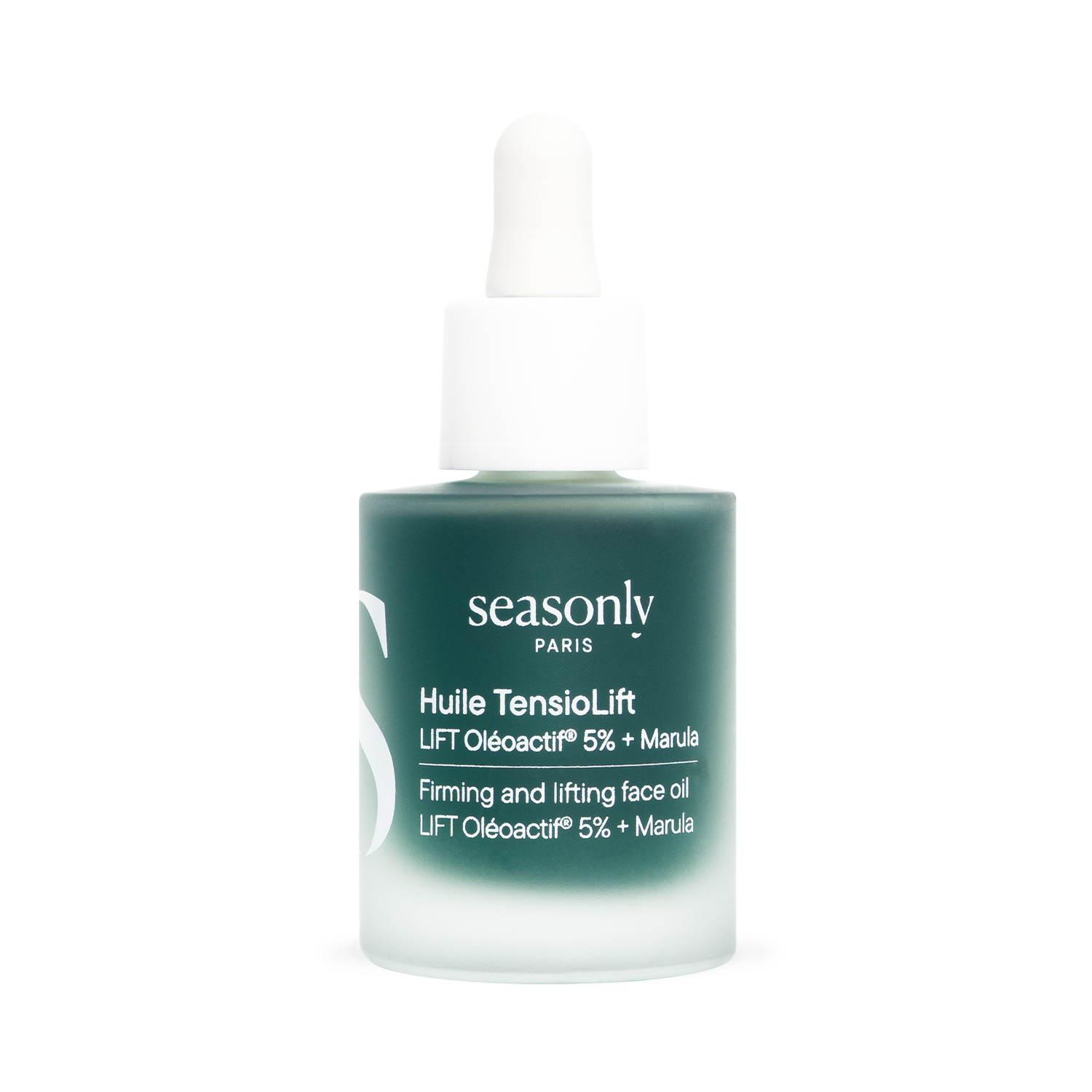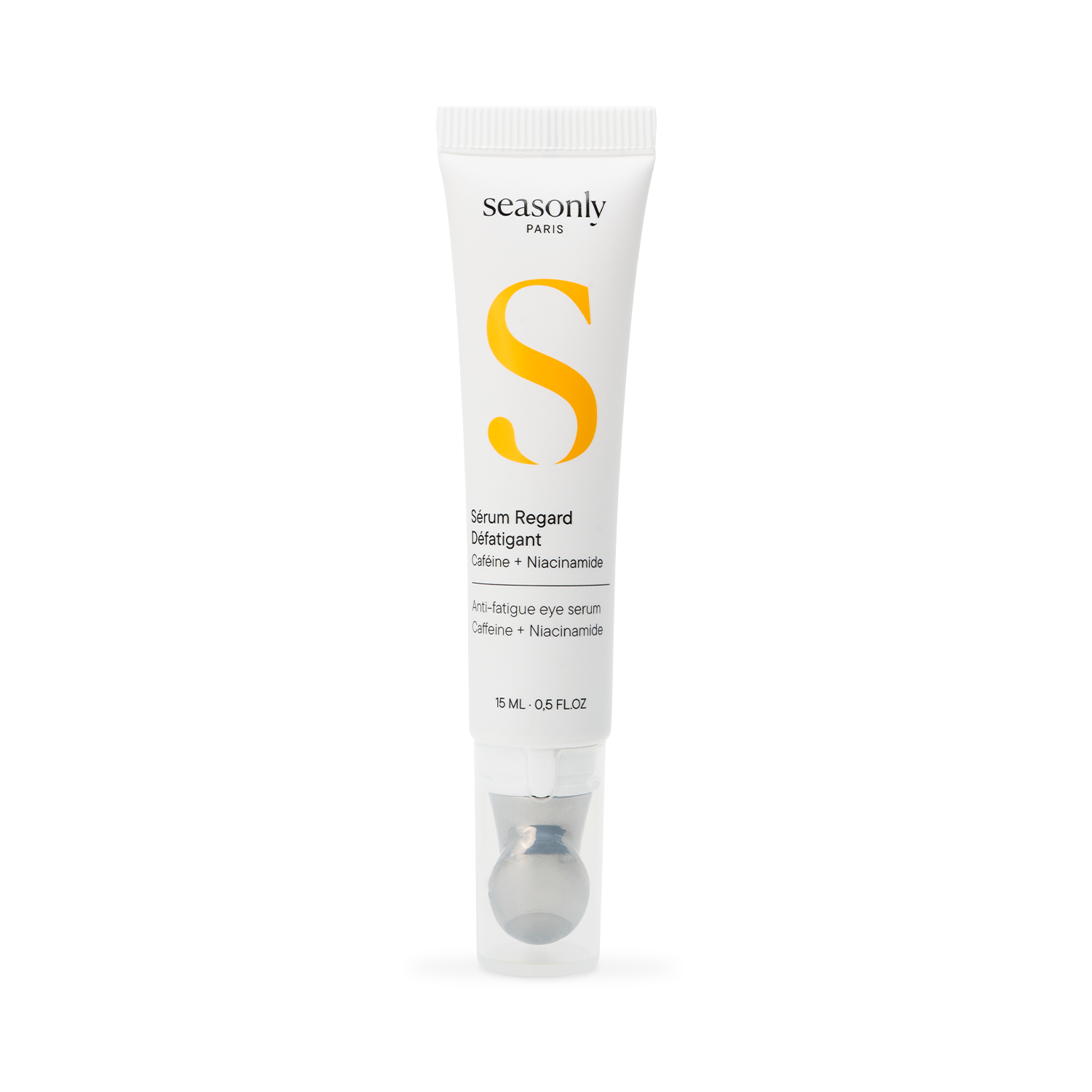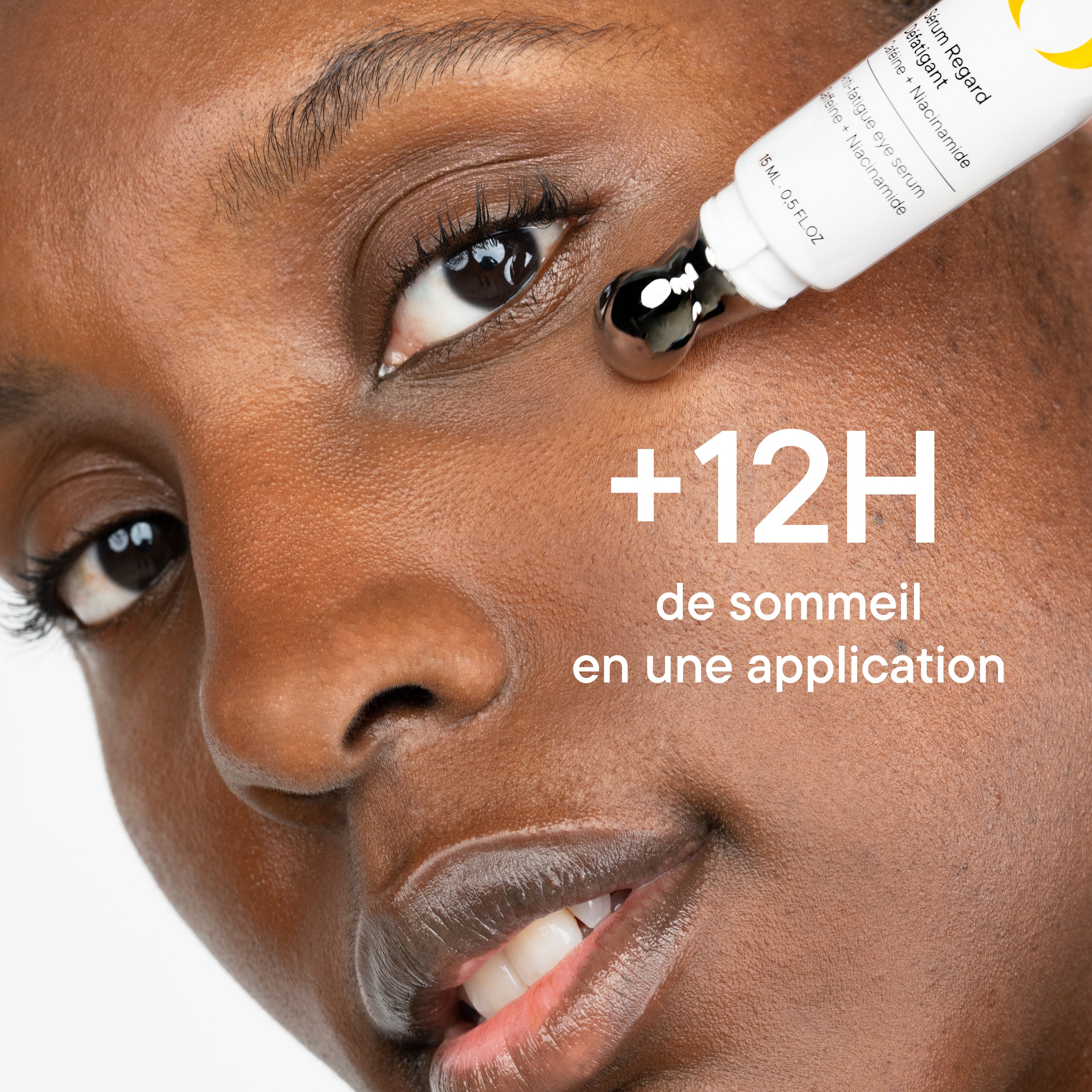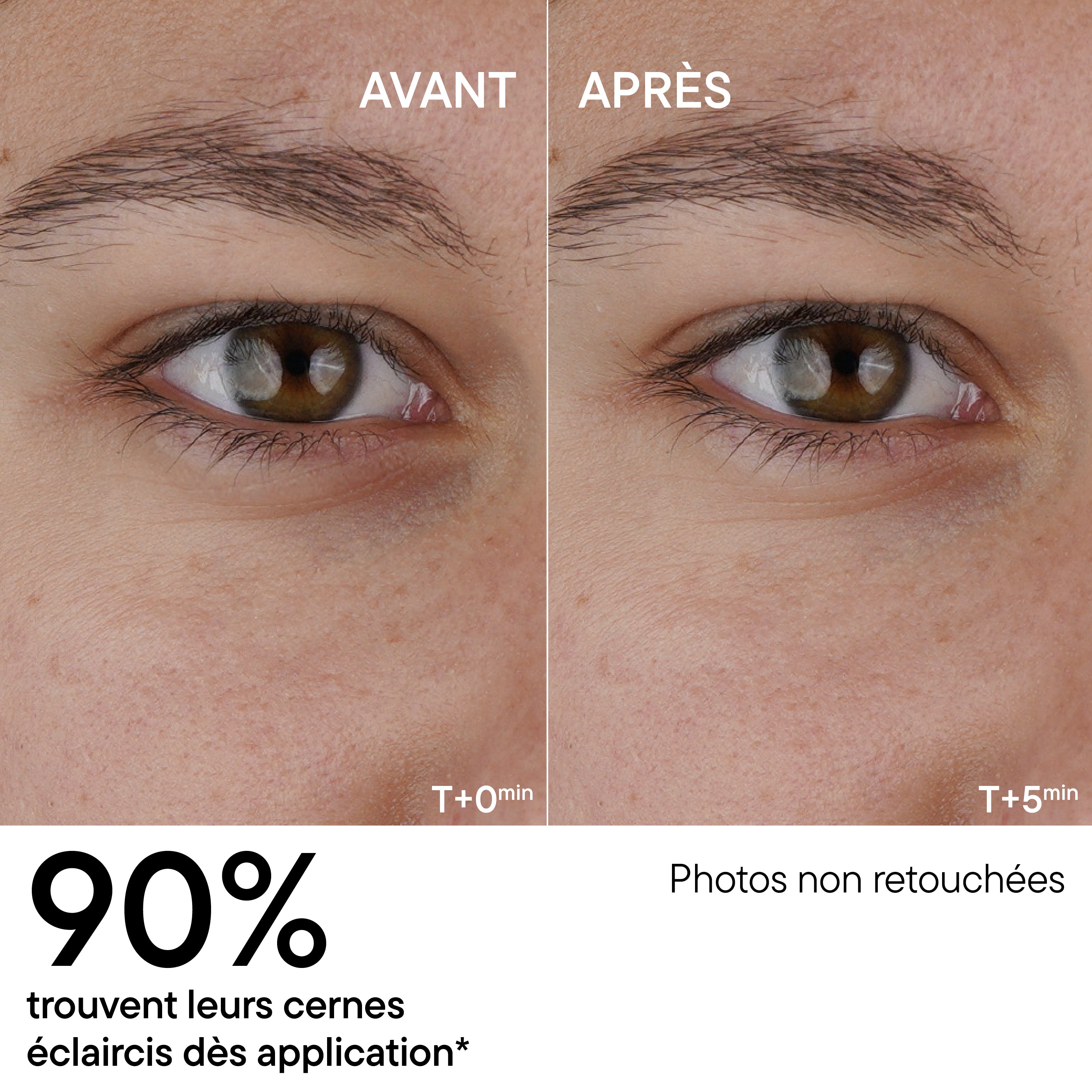After a facial treatment, it is common to notice small redness or new imperfections. Indeed, a facial massage is a bit like a 60-minute transformation for your skin. Whether you have opted for a draining or lifting massage, with or without exfoliation, the effects will be felt quickly. However, after the treatment, it is possible that your skin will go through different phases before regaining its glowing and healthy appearance.
Did you know that this "purging" effect is actually normal and can be beneficial for your skin? To understand what's going on, we consulted dermatologists' answers on the subject. Here are the reactions you might face after a facial massage.
Why is skin red after a facial treatment?
During your facial treatment, the facialist will stimulate blood circulation to revive the complexion's radiance and fight against fatigue. The combination of different temperatures on your face combined with the massage will promote better blood circulation, promoting a boosted blood flow that will plump up the muscles to restore volume to the face.
It's sort of a rejuvenating cocktail for your face, so your skin may feel slightly warm and red for a few hours after the session, before revealing its radiance.
Is it normal for imperfections to appear?
It is quite normal to see the appearance of pimples sometimes after a massage. Indeed, by stimulating the lymphatic system, massage is a way to purge and rid the skin of toxins. Thanks to these draining maneuvers, toxins are evacuated and can therefore form pimples.
In addition, the different exfoliation techniques help to unclog pores in order to eliminate dead cells on the surface of the epidermis, which can also create some imperfections.
Don't panic though, these imperfections usually disappear quickly and above all this prevents the appearance of new ones. So as your skin will be deeply cleansed and your lymphatic system will be restarted, you will no longer have to worry about spots for a certain time.
Why do I have redness on my face?
After a massage session, it is normal to observe a little redness, which is different from the slightly heated "red" skin condition we were talking about above. The manipulation of the skin, combined with the treatment, stimulates blood circulation. The same goes for facial cleansing. If you have undergone a peel or extraction, the facialist has worked on your skin to remove accumulated impurities, which can cause redness. This indicates that blackheads have been eliminated and the skin texture has been smoothed.
Dr. Paris Acharya also notes that after treatments involving chemical peels and exfoliants like glycolic, lactic, or salicylic acid, red areas may appear. These products can temporarily compromise your skin's barrier. This redness is sometimes a sign that your skin is shedding old cells to make room for new ones, which means the treatment was effective. Expect mild redness for 24 to 48 hours after your treatment.
What is not normal:
If you experience roughness and flaking, it could be a sign that the products you used were too harsh or aggressive for your skin type, according to Dr. Acharya. In this case, it's recommended to tone down your skincare and apply a moisturizer or serum to provide extra hydration while your skin returns to normal.
When your skin is not used to harsh products, it can cause irritation and alter the skin barrier. In rare cases, it is possible that your skin is allergic or sensitized to certain ingredients. In this case, it is advisable to simplify your home care routine to allow your skin to recover properly.
Our advice:
- Diagnose your skin
To avoid bad reactions before a treatment, it is crucial to carry out a personalized diagnosis of your skin beforehand. At Seasonly, we always carry out this diagnosis before each treatment in order to treat your skin optimally and offer you the best possible benefits.
- Inform the facialist of your problems
It is essential to inform your facialist of any allergies, pregnancies or other skin concerns. We always interview our clients to adapt the treatments according to their specific needs and ensure their safety and comfort.
- Avoid new products before treatment
It is best not to introduce new products into your skin care routine shortly before a massage. New actives can cause unexpected reactions or worsen the effects of skin purging.
- Avoid aggressive pre-treatments
Avoid chemical peels or harsh exfoliations in the days leading up to your facial. These treatments can sensitize your skin and increase the risk of adverse reactions after the treatment.
- Moisturize your skin well
Make sure your skin is well moisturized before your appointment. Properly moisturized skin is less likely to overreact to the products applied during treatment.
- Follow pre-care recommendations
Follow the instructions given by your facialist before treatment. This may include avoiding certain products or behaviors to minimize the risk of reaction and maximize the benefits of the treatment.
- Communicate any pre-existing sensitivity or irritation
Inform your facialist of any existing sensitivities or irritations on your skin. This will help personalize the treatment to avoid any aggravation of pre-existing issues.














